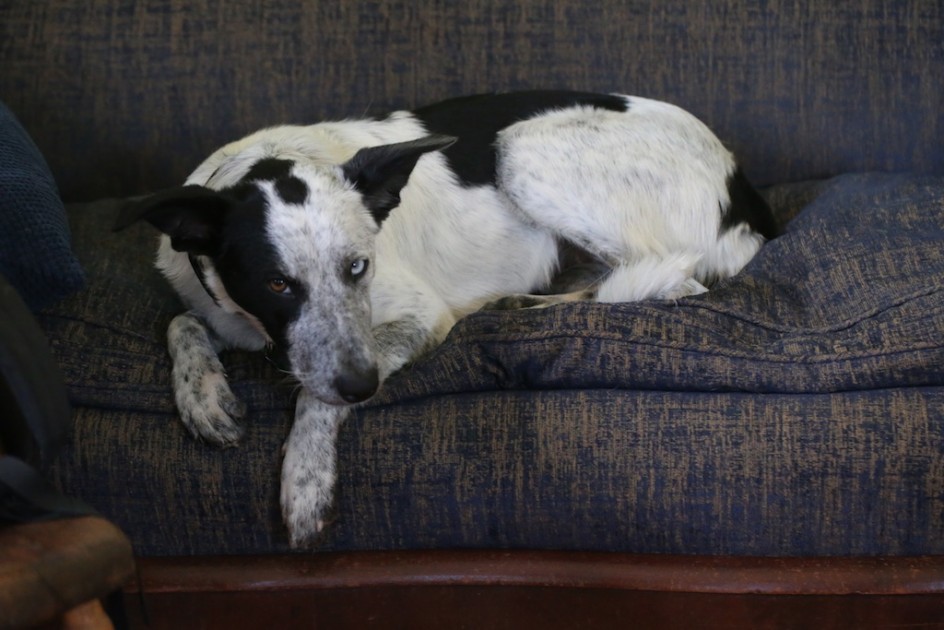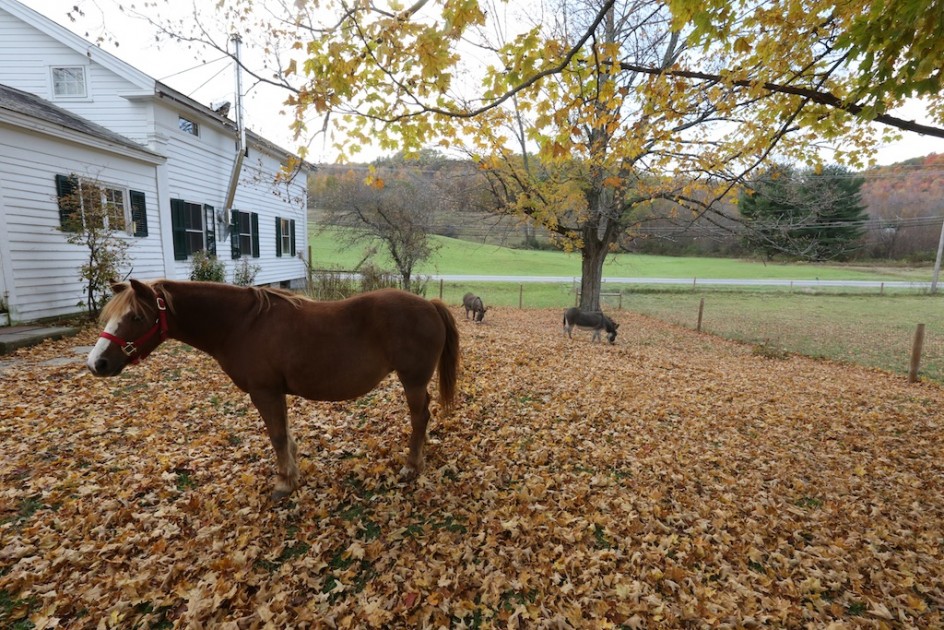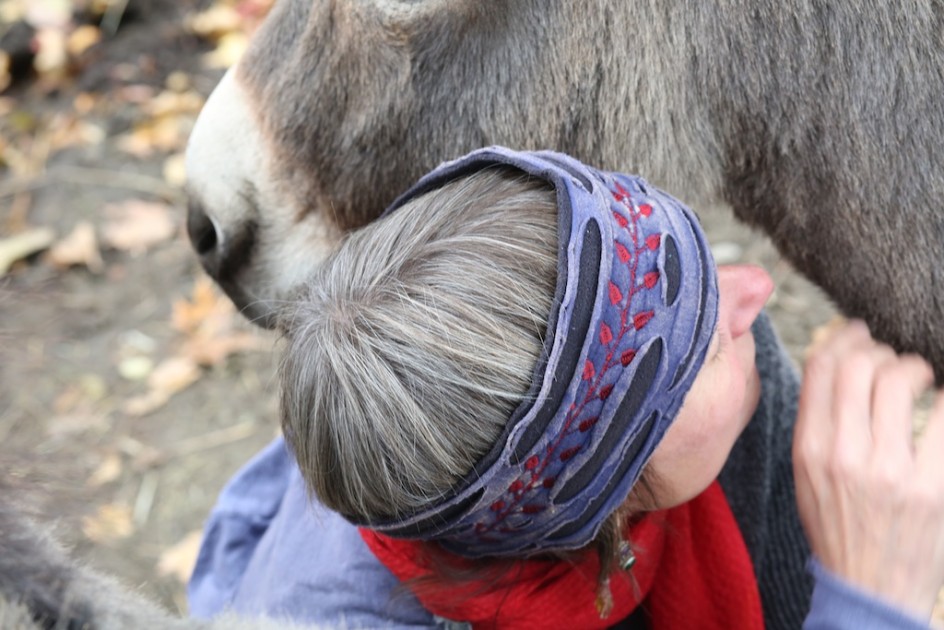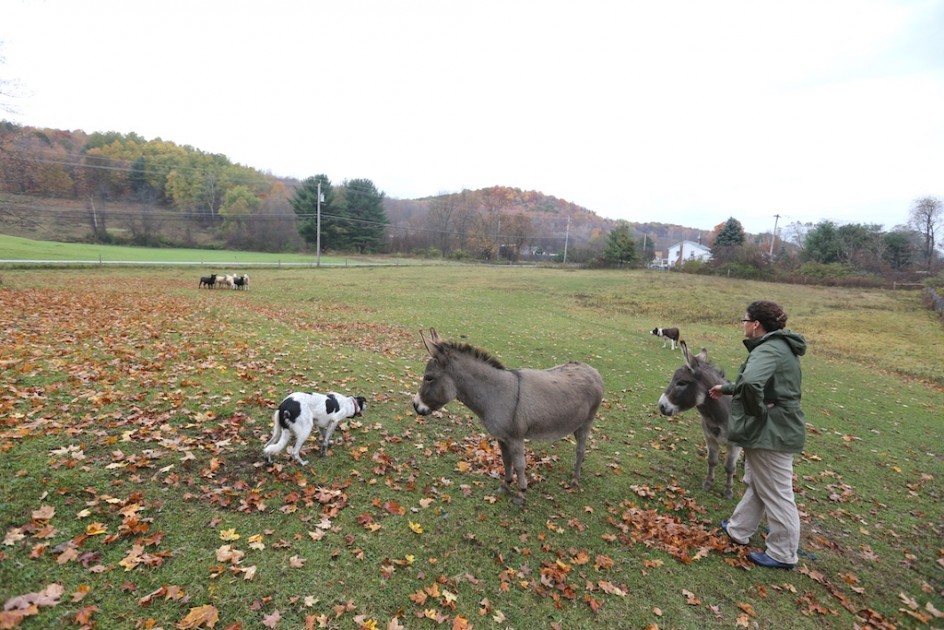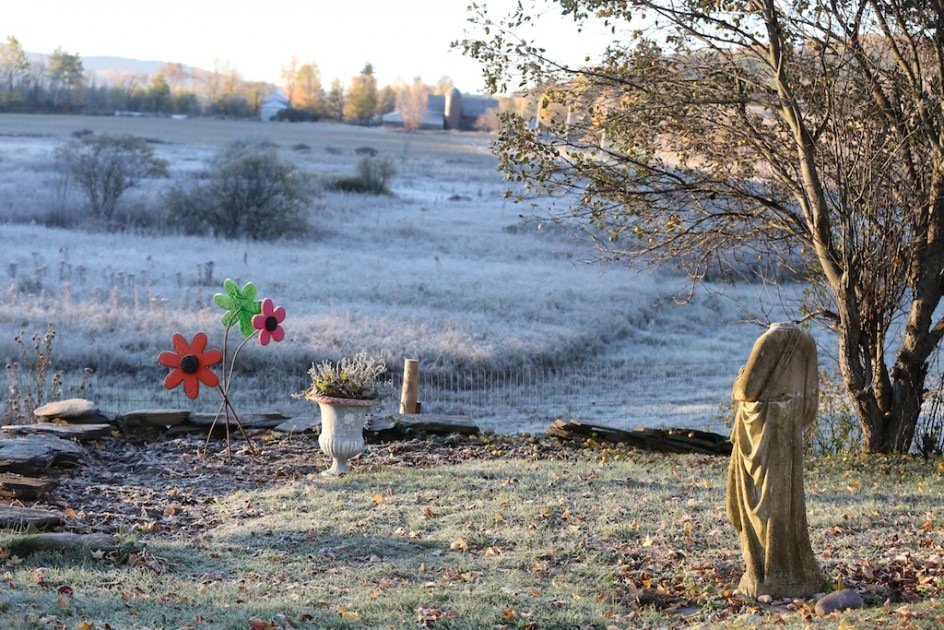
I don’t know what came over me, but I was fascinated by Hilary Clinton’s appearance before the Select Committee On Benghazi yesterday, it is the sort of spectacle I usually avoid like the plague. But something about it touched me, drew me to it. I watched on and off for much of the afternoon, and then again, in the evening until the tortuous climax around 9 p.m. Only later, when I took the dogs out for a walk, did I realize what drew me to it.
It was the bullying. You can all make up your own minds about Clinton, whether or not she is trustworthy, whether or not you wish to vote for her. But there was no doubt about what I was seeing, it was the all too familiar and very poorly disguised and – to me – disgusting ritual of bullying. Once more, for perhaps the millionth time in my life, were a bunch of bullies – mostly pissed off old white men (and a couple of pissed off white women) ganging up on another woman who refused to show weakness, took all of their shots, and gave many back.
It is always revolting for me to see a bully, thrilling to see someone stand up to bullying. Without even listening to the issue in Washington, I was rooting for this solitary person, a woman to throw something at someone and walk out. In her own way, she did better. Just by staying calm and civil, she revealed her bullies in an almost devastating way. I never thought of that when I was a kid.
It was doubly odd for me because I was planning to write about bullying all week, and how the Internet has changed bullying in the most direct and dramatic of ways. Bullying has recently been made fashionable as a topic of social importance. Before, it was considered a rite of passage, not a social crisis.
Schools and parents are up in arms about it, bullying is seen as a major factor in many of the shootings committed by victims of it, this summer, American Psychologist, the official Journal of the American Psychological Association devoted an entire issue to the subject of bullying and victimization.
I have some experience of bullying, as so many people have. I was chased, beaten, robbed and humiliated repeatedly by bullies when I was kid, hurt badly several times by them. Bullying was not taken seriously when I was young, it was considered a toll on the highway of life, a chance to be manly. My father urged me to fight back, even if I got hurt. It was the only way to stop them he said. In his never-ending quest to turn me into a man, he tried to teach me boxing, giving up after the fifth or sixth bloody nose. I noticed that he never tried to stop the people bullying me. My brother laughed at me when I came to him for help, he suggested that my father was right, I needed to stop being a sissy and learn to fight.
The notion of bullying changed in 2004 after the Columbine School killings – I wrote about the shootings for several magazines – introduced a new social narrative about bullying. Suddenly, it was considered to be dangerous. The shooters, Eric Harris and Dylan Klebold, had both been bullied and parents and schools and government began taking bullying much more seriously, perhaps too seriously, many believe. They began tagging and persecuting the different, rather than reaching out to them. Schools and playgrounds and backyards are learning centers, at least they were for me, I’m not sure they are always the controllable province of the police, the educational system or parents.
My father may have been insensitive, but he had a point. No authority could patrol every hallway, schoolyard, sleepover, playground, and path home. At one point I picked up a stick and whacked one of my tormentors in the head. The bullying stopped, at least for awhile. There was a lesson there, I’m not 100 per cent certain about what it was.
After Columbine, bullying moved to the Internet. The Internet changed bullying forever. Before the Internet, you could hide from bullies, run away from them, avoid them, even try to structure your life around never being near them. That is a hard thing to do, lots of bosses can be bullies, so can siblings, and so can members of Congress.
The Internet has transformed bullying, turning into a techno-driven social and cultural institution. Because of the Internet, it is no longer possible to hide from bullies or ignore them, bullying is easier than ever to do and harder than ever to ignore.
Raging mobs of vigilantes roam Facebook and Twitter looking to punish people they consider insensitive or wrongdoers. When I wrote about the mobs attacking the clients, employees, wife and children of Dr. Palmer, the infamous killer of Cecil The Lion, hordes of bullies, furious at my challenging bullying, descended on me for days. There is something sweet and liberating about having nothing to lose, there is really nothing for anybody to take or threaten. I pity the hacker that finally gets near my bank account, his day will be worse than mine.
Bullying, say sociologists, is the result of an ancient power dynamic – the strong attack the weak. It can happen in many different ways – taunting, cruelty, physical violence, verbal abuse, vicious e-mails and text messages. Bullies are generally repeat offenders, they become addicted to their power to inflict suffering. Adults are just as likely to be bullied at work as children are in the schoolyard. Responding to them is like putting jet fuel into a racing car, it just feeds the disease.
The Internet has radically altered the reality of bullying. It is almost impossible to prevent and very difficult to completely ignore. We are notified of online bullying instantly through Facebook’s noxious notification system. It is especially tough, I would imagine, on children. There are no consequences usually to bullying online, and shaming – digital mob assaults on individuals – are becoming commonplace, online virtual outrage is an addiction.
Ultimately, bullying is about righteousness, the disease of the political world and also, the animal world. Bullies, say scholars of bullying, never see themselves as bullies. Bullies always see their bullying as justified, they believe they are morally superior to their victims – think of the animal rights bullies on social media. Bullies believe they are teaching someone a lesson, they are always justified in their minds for their actions.
On the Internet, there are no consequences for saying cruel or stupid or bullying things, people seem to drift into bullying obliviously, almost unconsciously, and always believing their victims had it coming. Some people are reluctant bullies. Social media creates and nurtures unknowing bullies, it is just so easy to do. And you never even have to see your victims.
I am sad for the people who died in Benghazi, but I covered politics for a good while and I know a bullying witchhunt when I see one. There it was on TV and smartphones and tablets all day, a row of angry, sometimes vicious bullies who believe their behavior stems only from moral outrage, building all sorts of wild narratives to justify their inexcusable behavior. Bullies always believe they are teaching someone a lesson, they always claim their victims need to be singled out and punished. They always think their targets are less human and righteous than they are.
It was hard for me to watch the hearings yesterday, it brought back a lot of old feelings, but then, again, I was drawn to it, mesmerized by it. Leaders are not supposed to be bullies, when they are, the whole system seems tainted and off kilter. One of the good feelings was this: I am not a political person, I am not writing this to support or defend Hilary Clinton, she can obviously take good care of herself.
Bullying is supported by social disconnection and technology. The social dimensions of global change included the effects of technological advances on employment, social exclusion and inequality, the loss of identity and increased violence and a rise in new forms of social aggression.
When media and the digital world become so central in our lives, their influence can stop people from learning how to live wisely, to think deeply, and to love generously. I saw it on my Iphone all day long.

